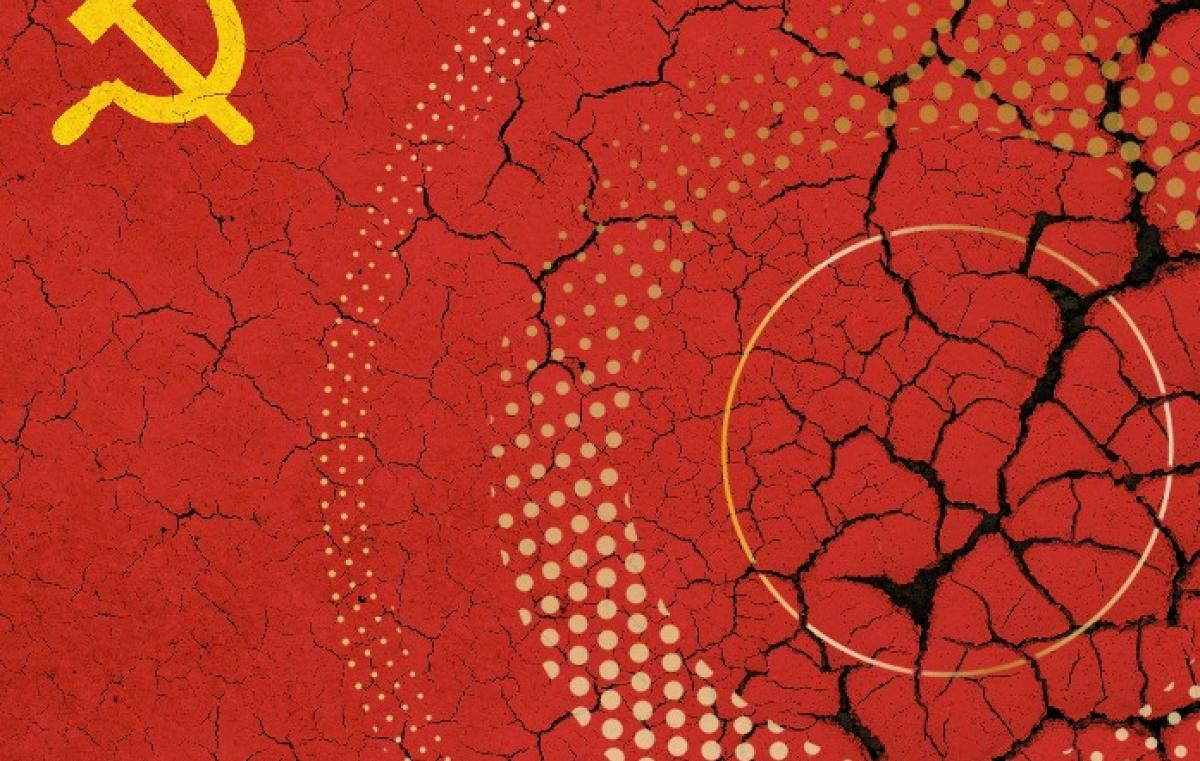The Collapse of the Soviet Union
Dr. Uri Bar-Noi, of the Department of General History, revisits the coup attempt on August 18, 1991, which accelerated the collapse of the communist regime and the dissolution of the Soviet empire

On August 18, 1991, the Soviet coup attempt began, with some conservative members of the Soviet elite trying to overthrow Mikhail Gorbachev’s rule and roll back the democratization processes that had begun to permeate throughout the country. The coup failed four days after it started. Mikhail Gorbachev, the last president of the Soviet Union, introduced extensive political and economic reforms – “perestroika” and “glasnost.”
Eight senior conservative figures from the Soviet security and political establishment conspired against Gorbachev. They included the vice president of the Soviet Union, the prime minister, the ministers of defense and internal affairs, and the head of the KGB. What they all shared was fear of the dramatic and far-reaching consequences of the reformist process and particularly deep concern for the fate of the Soviet Union's federal system against the backdrop of a newly forged arrangement that gave them full sovereignty in political and economic matters. The agreement was seen by the conspirators as a means for the final dissolution of the Soviet Union. It was to be signed on August 20, 1991, with Gorbachev’s return to Moscow from a vacation in Crimea.
The conspirators were confident that the president, isolated and lacking political support, would eventually accept their demand to limit reforms and maintain centralized power, at a time when some of the constituent republics sought to secede and become independent nation-states.
Gorbachev was placed under house arrest at his resort and the conspirators announced that he had been removed from his office for health reasons. His duties were taken over by a group of eight people who were organized as part of an emergency committee, headed by Vice President Gennady Yanayev. The coup was thwarted three days later, the conspirators were imprisoned, and Gorbachev was released. The coup failed because it was organized in haste and the conspirators did not manage to enlist the full support of the Soviet politicians, military personnel, and the media. Furthermore, they erred in their initial assessment that Gorbachev would support their position and join them, and the Soviet constitution did not allow them room to maneuver since they had to choose a new president in his place.
The big winner in the drama was Boris Yeltsin, the new president of the Russian Republic of the Soviet Union, whom the conspirators failed to stop as the events first unfolded. Yeltsin fortified himself in the building of the Parliament of the Russian Republic and from there waged a heroic struggle against the conspirators. He climbed on one of the tanks that surrounded the Parliament building and called on the military personnel not to take part in the plot.
This episode ultimately provided a significant boost to the process of the collapse and disintegration of the Soviet Union. The conservative plot played into the hands of Yeltsin and his men and served as conclusive proof that the Soviet system was flawed and anachronistic. Later, it helped them neutralize and dismantle its political institutions. Politically, Gorbachev remained extremely weak and could not block the processes that led to the dissolution of the Soviet Union and the establishment of nation states.